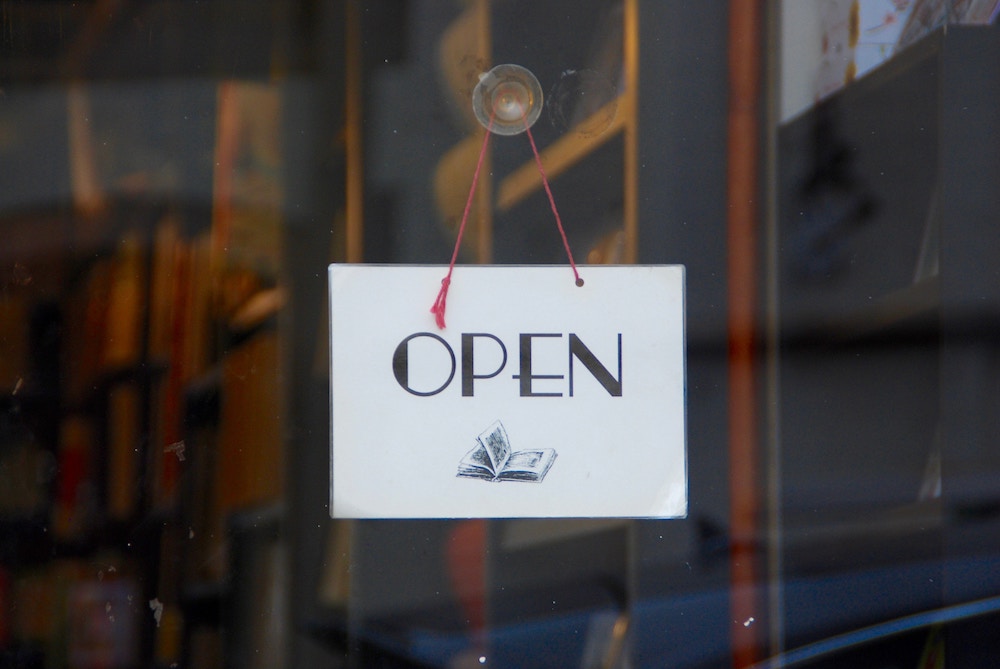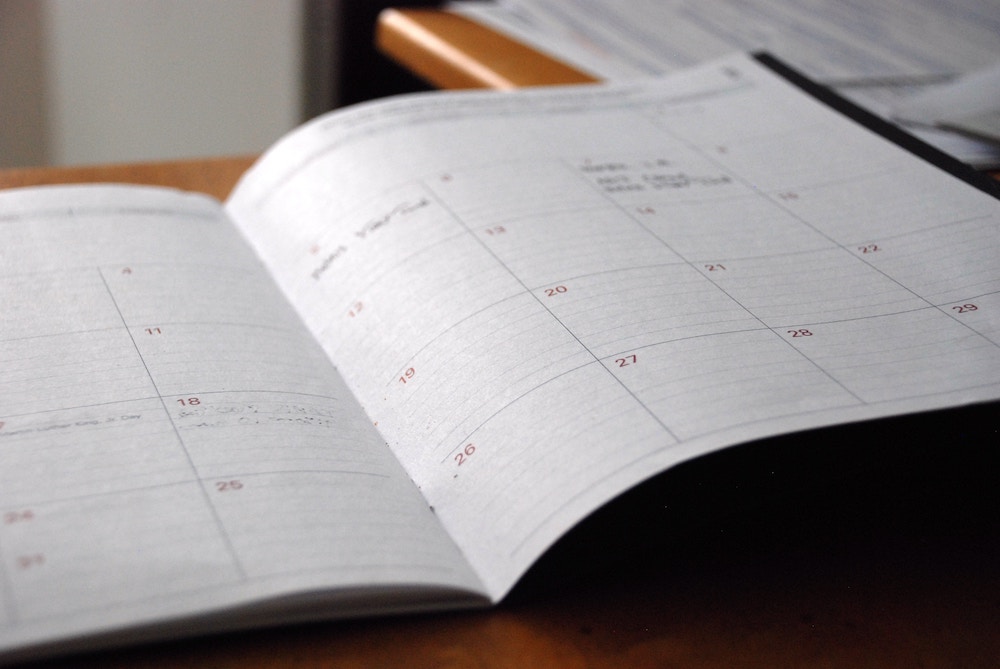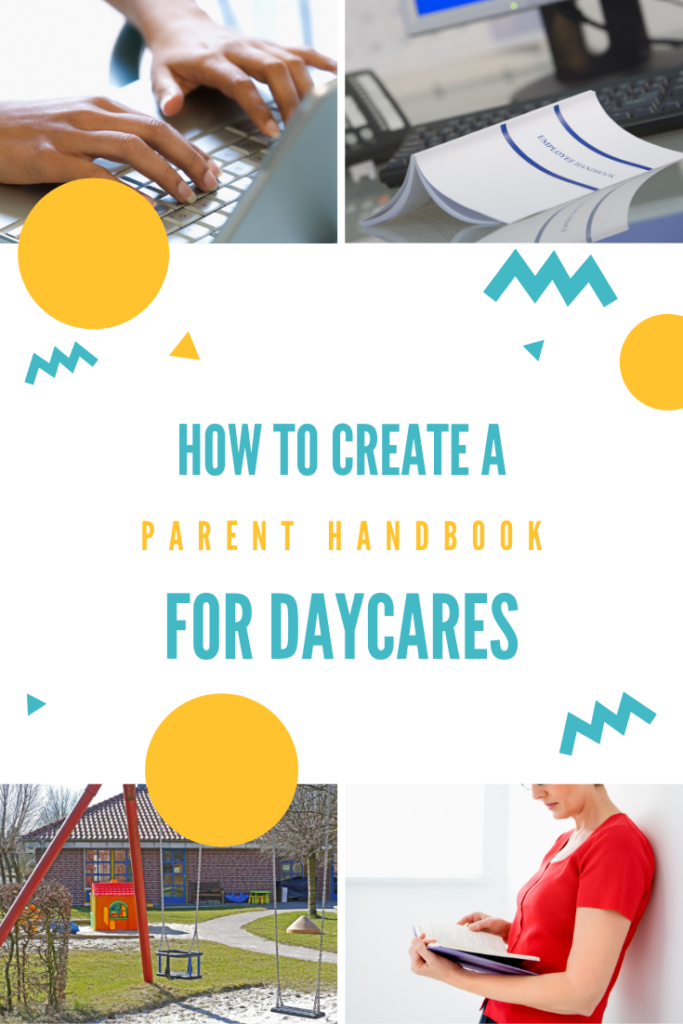A parent handbook is an important resource for any child care program to communicate policies and procedures and act as an ongoing reference.
If you own or operate a child care facility, developing a daycare parent handbook is a must. A clear, useful parent handbook can act as a contract between your business and the families you provide care for.
Your handbook can also serve as a reference guide for parents, ensuring that they are aware of certain policies for payment, holidays, your hours of operation, sick days and much more.
Before a child begins their time at your daycare, you may want to require that parents read through the handbook, sign and date a page for your records, acknowledging that they understand the policies and procedures of your child care center and agree to follow any rules you have set out.
Not sure what to include in your daycare parent handbook? The following are some of the basics to consider. Of course, your handbook may contain varying policies and guidelines based on the requirements for child care facilities in your area.

Basic Information
A good handbook should start off by listing the essentials about your daycare. The full name, address and contact information of your facility should be easily accessible for parents, as well as the names and phone numbers of any owners, leaders or management that can be contacted in case of questions or an emergency.

Fees and Payment Policies
Clearly outline your rates of pay, and how parents are to pay for their childcare. Set out deadlines as to when payments must be received by, and whether payment is to be made on a weekly, monthly or another basis. Include which forms of payment you are willing to accept, as well as any fees for late payment.

Hours of Operation
State your hours of operation and any holidays that your facility will be closed for. Be sure to explain your drop off and pick up procedures and if there will be a cut off for drop-offs in the morning. Outline any fees for late pick-ups as well.

Your Approach to Child Care
The handbook is a great opportunity to express your personal philosophy on early childhood education. Parents will want to understand more about your daycare in order to determine whether or not it is a good fit for their child and family. Explain your center’s approach to discipline, parent involvement, and define your goals.

Curriculum & Activities
You may wish to include a sample daily schedule in your daycare parent handbook to give parents an idea of what their child’s day to day activities will look like. Include details such as meal and snack times, free play times, scheduled activities and lessons and outdoor play time.
There are endless possibilities when it comes to choosing what to include in your daycare parent handbook. In addition to including any policies or information that apply to your local laws and regulations for daycare facilities, you can use the handbook as an opportunity to inform parents about any other rules surrounding your child care center. By putting together a handbook, you are creating a useful tool that both you and your clients can refer to when necessary.
Distributing a comprehensive handbook can also prevent future problems since parents know up front what they can expect from your daycare center, as well as what is expected of them.
Need to update parents on new policies, or remind them of upcoming events or payments? HiMama can help you communicate quickly and easily with parents to keep them in the loop. Contact us today for more information about the HiMama childcare app and how it can streamline your communications.
Related Posts
- Why Parent Involvement is So Important in Early Childhood Education
- 5 Steps for More Effective Communication With Parents
- Examples of Parent Communication From Teachers
- 7 Ways to Make Parents Actually Read Notices
- How to Add Digital Parent Communications to Your Child Care Center
- Parent Involvement Activities for Preschool
- What to Expect as a Pre-K Parent Volunteer
- Talking to Your Toddler About Their Preschool Experience
- The Value of a Parent Satisfaction Survey for Child Care Providers
- Guide to Effective Parent-Teacher Conferences (With Free Form)
- Daycare Supplies List for Parents



